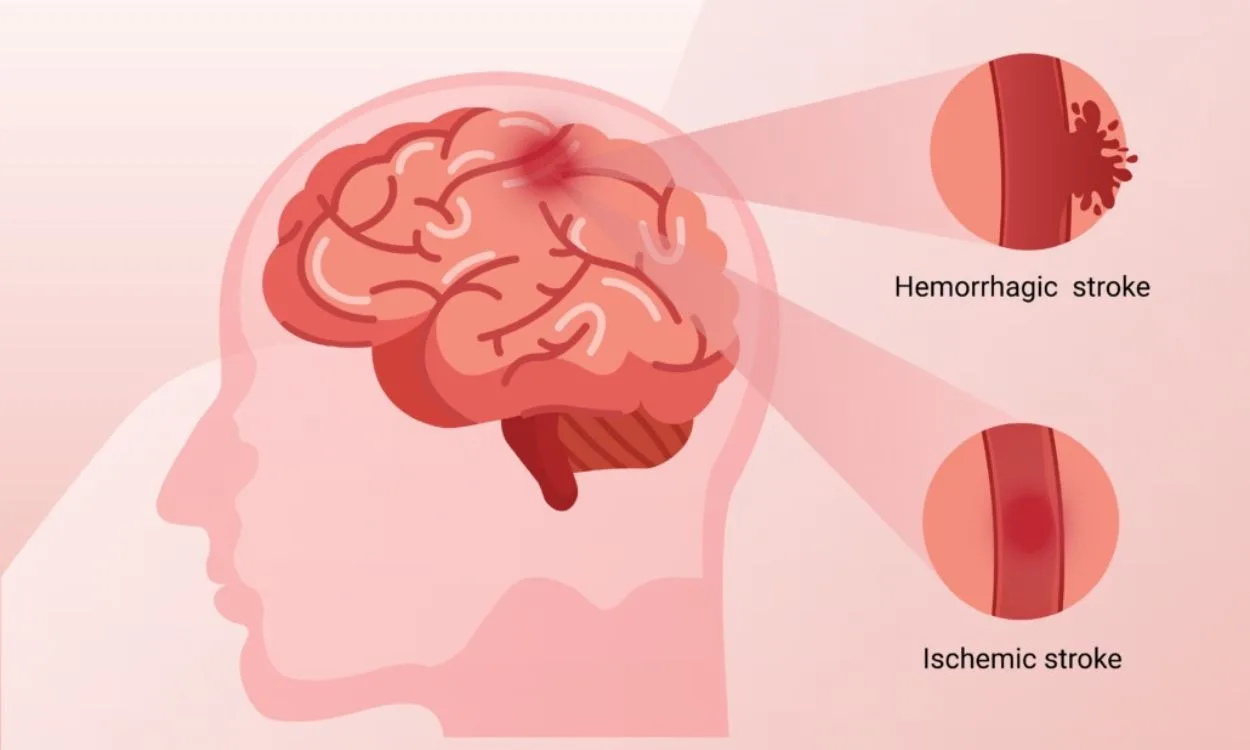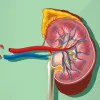What is the Connection Between Hypertension and Stroke?
Hypertension, also known as high blood pressure, is a common medical condition that affects millions of people worldwide. It is a silent killer that often goes unnoticed until it leads to severe complications, such as stroke. In this article, we will explore the connection between hypertension and stroke and understand why managing blood pressure is crucial for preventing this life-threatening event.
Understanding Hypertension
Hypertension occurs when the force of blood against the walls of your arteries is consistently too high. It is typically measured using two numbers – systolic pressure over diastolic pressure, in millimeters of mercury (mmHg). The systolic pressure represents the force when the heart contracts, while the diastolic pressure represents the force when the heart is at rest.
Normal blood pressure is around 120/80 mmHg, with the systolic pressure below 120 and the diastolic pressure below 80. Hypertension is diagnosed when blood pressure consistently exceeds 130/80 mmHg.
The Link Between Hypertension and Stroke
Hypertension significantly increases the risk of stroke, which occurs when blood flow to the brain is interrupted or reduced, resulting in brain cell damage or death. The risk of stroke is directly proportional to the severity and duration of high blood pressure.
Here’s how hypertension contributes to the development of stroke:
- Damage to Blood Vessels: High blood pressure puts excessive strain on the arteries and blood vessels throughout the body. Over time, this constant pressure damages the delicate lining of the blood vessels, making them narrow, stiff, and prone to rupturing or clotting.
- Formation of Blood Clots: Hypertension can lead to the formation of blood clots within the damaged blood vessels. These clots can block the blood flow to the brain, causing an ischemic stroke, which is the most common type of stroke.
- Weakening of Blood Vessel Walls: The excessive pressure from hypertension weakens the walls of the blood vessels, making them susceptible to aneurysms. An aneurysm is a bulge in the blood vessel wall that can rupture and cause a hemorrhagic stroke.
- Reduced Blood Supply to the Brain: Chronic hypertension narrows the blood vessels and reduces blood flow to the brain. This deprives the brain cells of oxygen and essential nutrients, leading to their dysfunction or death.
- Complications from Associated Conditions: Hypertension often coexists with other risk factors for stroke, such as diabetes, obesity, high cholesterol, and smoking. These conditions further increase the likelihood of stroke and its severity.
Prevention and Management of Hypertension
Preventing hypertension and effectively managing blood pressure are key to reducing the risk of stroke. Here are some important steps to take:
- Maintain a Healthy Lifestyle: Adopt a balanced diet rich in fruits, vegetables, whole grains, and lean proteins. Limit the consumption of salt, processed foods, and sugary drinks. Engage in regular physical activity and maintain a healthy weight.
- Monitor Blood Pressure Regularly: Keep track of your blood pressure at home using a reliable blood pressure monitor. Regular monitoring helps detect any changes and allows for timely intervention.
- Take Medications as Prescribed: If prescribed by a healthcare professional, take hypertension medications regularly and follow the recommended dosage. These medications help lower blood pressure and reduce the risk of complications.
- Manage Stress: Chronic stress can contribute to high blood pressure. Practice stress management techniques like deep breathing, meditation, yoga, or engaging in hobbies that help you relax.
- Quit Smoking and Limit Alcohol Consumption: Smoking and excessive alcohol consumption can raise blood pressure and increase the risk of stroke. Quit smoking and limit alcohol intake to moderate levels.
Fitpaa App – Your Partner in Hypertension Management
If you are struggling with hypertension and need additional support in managing your blood pressure, the Fitpaa app is here to help. Fitpaa provides personalized fitness and nutrition plans to improve overall health and achieve your fitness goals, including blood pressure management.
With Fitpaa, you get access to:
- Metabolism Assessment: Identify the root cause of your health condition by assessing your current metabolism, including blood pressure. Fitpaa’s medical nutrition therapy specialists use advanced technology to perform a comprehensive assessment.
- Fitpaa Capsule: Receive a personalized Fitpaa Capsule, which combines medical therapy, exercise therapy, nutrition therapy, and cognitive behavior therapy. This all-in-one plan optimizes your metabolism and helps you achieve your health and fitness goals, including blood pressure control.
- Real-time Guidance Technology: Fitpaa’s real-time guidance technology incorporates cognitive behavioral therapy concepts to deliver guaranteed results. The app provides habit-building tools, timely nudging, and purpose-finding techniques to keep you motivated and on track.
- Fitness Planner Support: Fitpaa assigns you a dedicated fitness planner who will provide unlimited consultations, daily follow-up, and weekly reviews. They will ensure you stay committed to your goals and make necessary adjustments to your plan as needed.
Don’t let hypertension control your life. Take charge of your health with the Fitpaa app and experience the joy of achieving your fitness goals while effectively managing your blood pressure.
Download the Fitpaa app now and embark on a journey towards a healthier and happier life!
Note: Fitpaa is not a replacement for medical treatment. Always consult with your healthcare provider before making any changes to your hypertension management plan.









